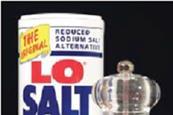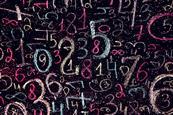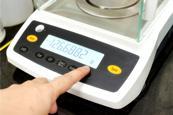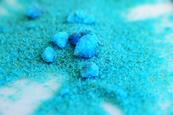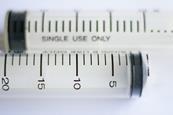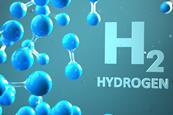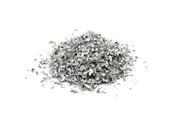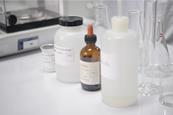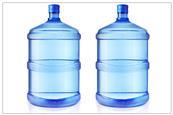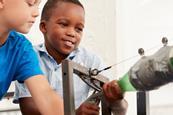- Home
- I am a …
- Resources
- Collections
- Remote teaching support
- Starters for ten
- Screen experiments
- Assessment for learning
- Microscale chemistry
- Faces of chemistry
- Classic chemistry experiments
- Nuffield practical collection
- Anecdotes for chemistry teachers
- Literacy in science teaching
- More …
- Climate change and sustainability
- Alchemy
- On this day in chemistry
- Global experiments
- PhET interactive simulations
- Chemistry vignettes
- Context and problem based learning
- Journal of the month
- Chemistry and art
- Classic chemistry demonstrations
- In search of solutions
- In search of more solutions
- Creative problem-solving in chemistry
- Solar spark
- Chemistry for non-specialists
- Health and safety in higher education
- Analytical chemistry introductions
- Exhibition chemistry
- Introductory maths for higher education
- Commercial skills for chemists
- Kitchen chemistry
- Journals how to guides
- Chemistry in health
- Chemistry in sport
- Chemistry in your cupboard
- Chocolate chemistry
- Adnoddau addysgu cemeg Cymraeg
- The chemistry of fireworks
- Festive chemistry
- Collections
- Education in Chemistry
- Teach Chemistry
- Events
- Teacher PD
- Enrichment
- Our work
- More navigation items
Quantitative chemistry
Classroom resources featuring activities from our Quantitative Chemistry professional development course for teachers
This collection is most valuable to those who have attended this course and wish to put into practice with their students some of the ideas and activities presented as part of that event. Please note that this list is not exhaustive; not all trainer activities have a corresponding classroom resource. In some circumstances there is variation between the training resource and classroom resource.
Low sodium salt substitutes
This resource uses a titration method to analyse the chemical composition of Lo-Salt, a reduced sodium salt alternative.
What happens to particles in chemical reactions? | 11-14 years
Explore what happens to atoms and molecules when new materials are made in chemical reactions, using this lesson plan with activities for 11–14 year olds.
Conservation of mass in dissolving and precipitation | 11-14 years
Explore what happens during precipitation reactions and when substances dissolve using this lesson plan with downloadable activities for 11–14 year olds.
Astounding numbers
This activity is designed to be fun and generate a wow factor for the students. It tries to convey how amazing the scale is that we use in chemistry. In question 8 the students are asked to use creative thinking and come up with some questions of their own.
The change in mass when magnesium burns
A class practical to measure the change in mass when magnesium burns and to find the formula of magnesium oxide. Includes kit list and safety instructions.
Finding the formula of hydrated copper(II) sulfate
In this experiment students will measure the mass of hydrated copper(II) sulfate before and after heating and use mole calculations to find the formula.
Determining relative molecular mass by weighing gases
Use this demonstration to determine the relative molecular masses of different gases using the ideal gas equation. Includes kit list and safety instructions.
The volume of 1 mole of hydrogen gas
Understand the volume of one mole of hydrogen gas through a magnesium and acid reaction, taking note of the temperature and pressure. Includes kit list and safety instructions.
Gas volume
Calculate the gas volume created through the reaction of metals with acids. Includes kit list and safety instructions.
A microscale acid–base titration
Use microscale titration to complete an acid–base neutralisation with sodium hydroxide in this class practical. Includes kit list and safety instructions.
The ‘whoosh’ bottle demonstration
This exciting demonstration is a combustion reaction where a mixture of alcohol and air in a large bottle is ignited. Includes kit list and safety instructions.
The methane rocket
Ignite methane with oxygen in a bottle, and amaze students with this methane rocket. Contains kit list and safety instructions.












